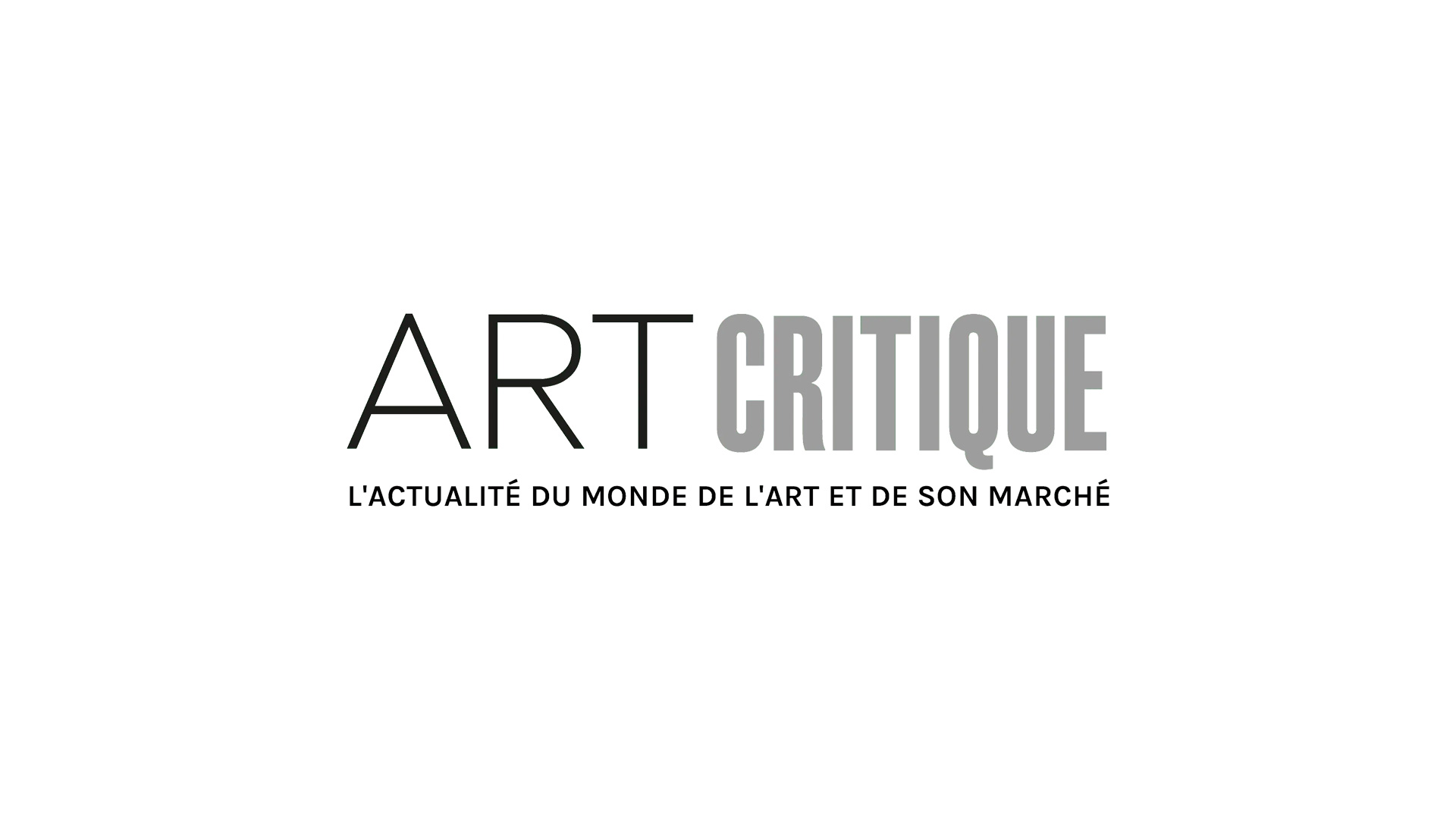Matrescence is an incredibly personal experience that only about half of the population can actually experience. For those reading this who have no idea what matrescence is, it’s the term coined by Dana Raphael, an anthropologist, in 1973. Mainly used within anthropology, the term is used to describe the changes a woman goes through whilst becoming a mother. It’s also the name of a recently opened exhibition of works by international artists at Richard Saltoun Gallery in London. Curated by Catherine McCormack, the exhibition includes the works of Laia Abril, Eve Arnold, Renate Bertlmann, Elzbieta Jablonska, Jo Spence, and Hermione Wiltshire.
One of the unique works included in the exhibition is Private View, a work by Liv Pennington that involves unexpecting gallery attendees while simultaneously making a tongue and cheek comment on notions of public and private as well as gallery openings, referred to in the UK as private views. The performance work, which was first performed in 2006, asks for 40 women to volunteer to take part. They’re then asked to take an at-home pregnancy test over the course of the opening in the gallery’s bathroom. Once they’ve done their test, they deposit it with a man clad in standard doctor’s office blue latex gloves. The results are then anonymously presented to those at the gallery.
‘100% Women’ will feature women only in a year-long programme at Richard Saltoun Gallery
The 2006 version of the work is accompanied by the transcribed sentiments of women who participated in the work. Some, who were visibly pregnant jokingly said: ‘This could seriously go either way;’ or ‘Jo dared me to do this – the beer was a bonus.’ In contrast, one woman who believed she wasn’t pregnant, and in deed was not, said: ‘I’d better not be or I’m buggered!’ Another simply stated: ‘I’M A VIRGIN.’
The original work and its subsequent duplication are meant to highlight the most intimate and private acts of motherhood or potential motherhood. It’s a common act among women around the world but one that is rarely done in a public manner or even shared with anyone besides a few selects close friends or family. Private View thus brings this intimate practice to the forefront as the exhibition does with motherhood. ‘Matrescence’ takes the ideology of the ‘silent, suffering, and idealised mother’ archetype, or that often associated with the Virgin Mother with child, and pulls it out into the open to turn it on its head.
Separated into two parts, the exhibition leads from themes of entering motherhood into topics related to obsolescence, the ‘negation of “mothering”’, which covers grounds such as abortion, trauma during birthing, or the loss of the mother or child during birth, and loss.
Themes covered in ‘Matrescence’ are quite topical as countries around the world deal with various notions of motherhood and women’s rights. It also brings into light notions of the body and how we, as a society, have both private views of it and public views of it, for instance government intervention on the body. The exhibition is part of the gallery’s 12-month initiative, entitled 100% Woman, to highlight women artists and lessen the gender gap.
‘Matrescence’ went on view November 15th and runs through December 21st at Richard Saltoun Gallery in London.





